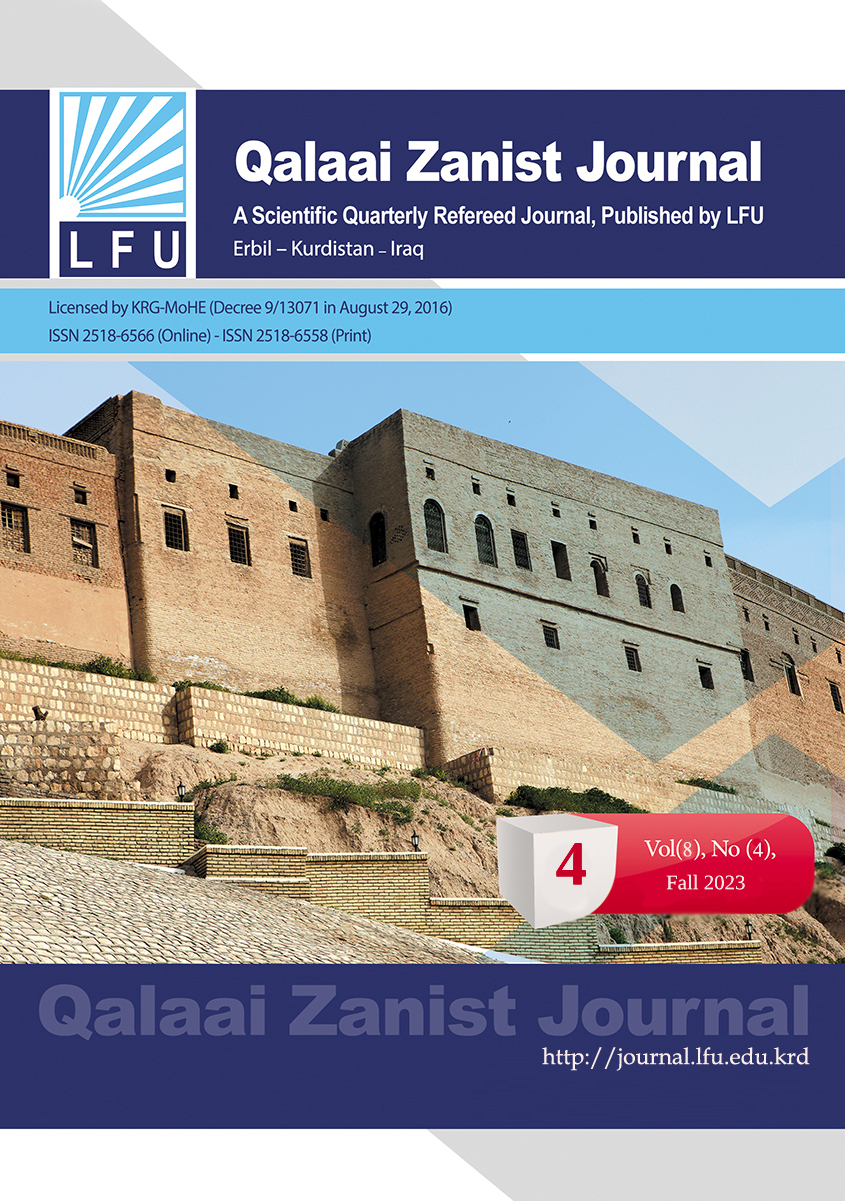Inflammatory Response and The Effect of Coronavirus on Some Body Organs in Hospitalized Patients
##plugins.themes.bootstrap3.article.main##
Abstract
Background. In the last three years, coronavirus was effectively introduced as leading cause of death worldwide. This virus actively damages the main parts of the respiratory system in the early infection. Immune response may limit the infection and rescue the patient somewhat. However, the chronic infection may have a serious systematic effect and reduce the function of other organs including kidney and liver. Investigation of inflammatory response and the main indicators of kidney and liver damage is the main purpose of this study.
Methods. Present study included a hundred and six patients with confirmed COVID-19 (52 females and 54 males). All patients were aged 25 or over. Twenty non-COVID-19 infected group were also used in this study. The sample collection take about eight weeks. Hematological parameters, inflammatory response and coagulation factor were determined with CBC, CD4, C-reactive protein (CRP) and D-dimer in Covid-19 infected patients and in non-COVID-19 infected groups. Serum concentrations of creatinine (Cre), Urea, Alanine transaminase (ALT), Aspartate aminotransferase (AST), Alkaline phosphatase (ALP), T.Bilirubin (TSB), D.Bilirubin (DB), and Albumin were also studied in Covid19 infected patients and in non-COVID-19 infected groups.
Results. In Covid-19 infected patients, inflammatory markers, CRP and WBC are increased and immunological parameters, CD4 and LYM are decreased. Serum concentrations of Cre, urea, ALT, AST, ALP, TSB, and DB are all increased in Covid-19 infected patients, whereas the serum level of ALB was decreased. In Covid19 infected patients increased plasma level of D-dimer was observed.
Conclusion. It is concluded that in Covid-19 infected patients, renal and liver functions are significantly reduced with increased inflammatory response.
Downloads
##plugins.themes.bootstrap3.article.details##
How to Cite
Copyright (c) 2023 Gulstan Mudhafar Nooruldeen ، Hiwa Ramadhan Fatah

This work is licensed under a Creative Commons Attribution 4.0 International License.

